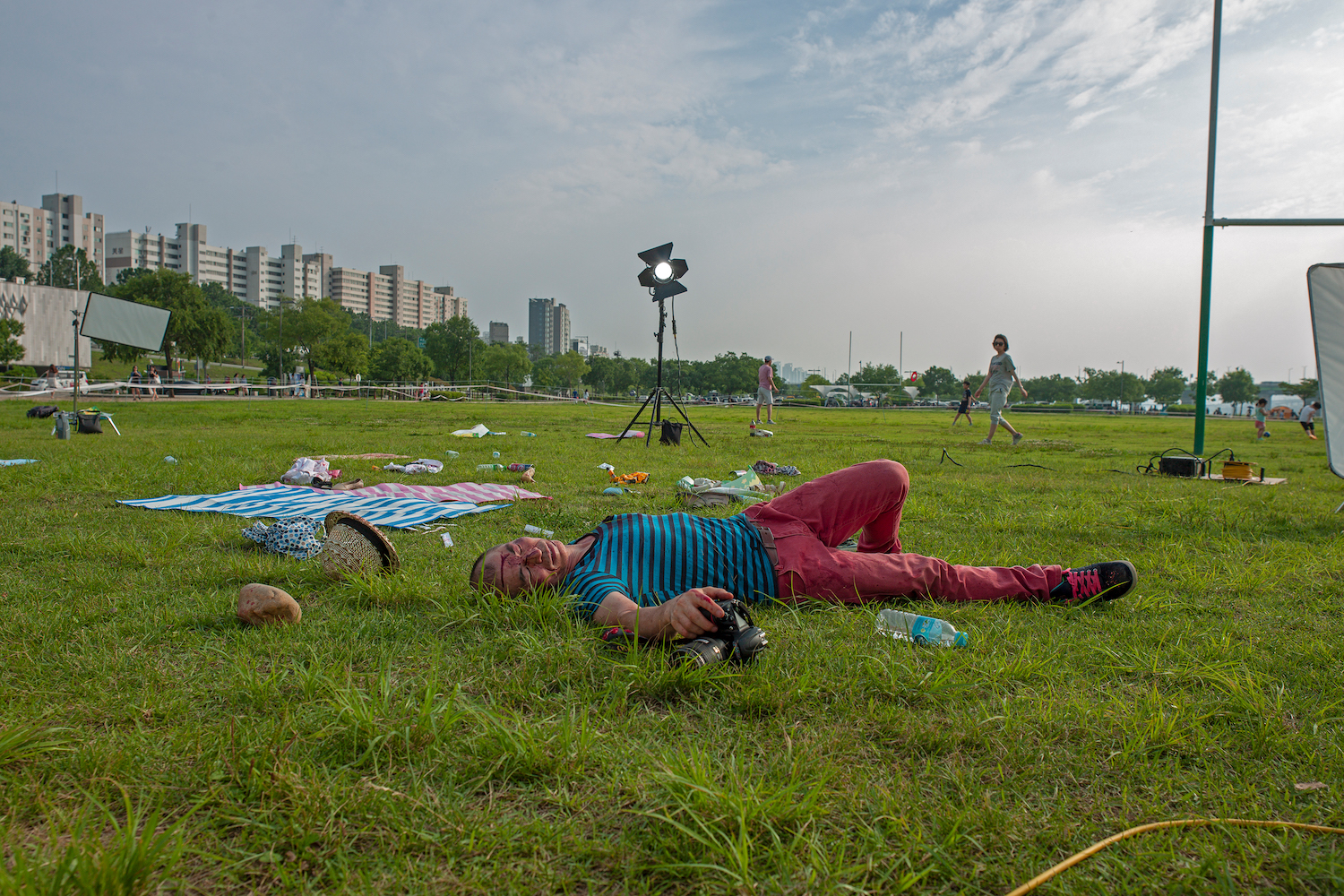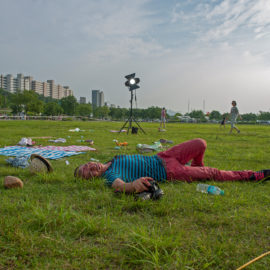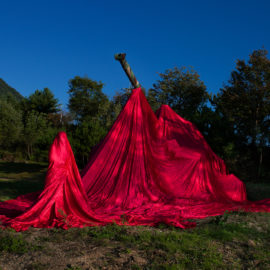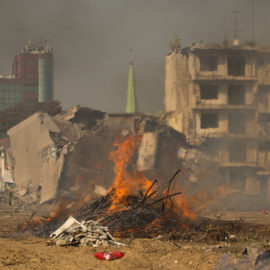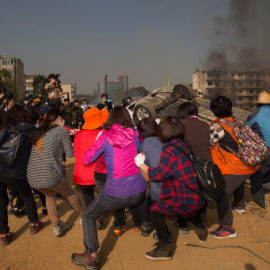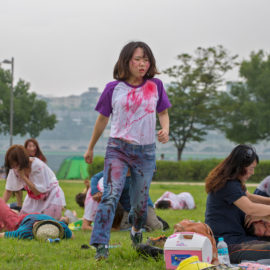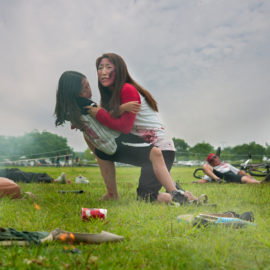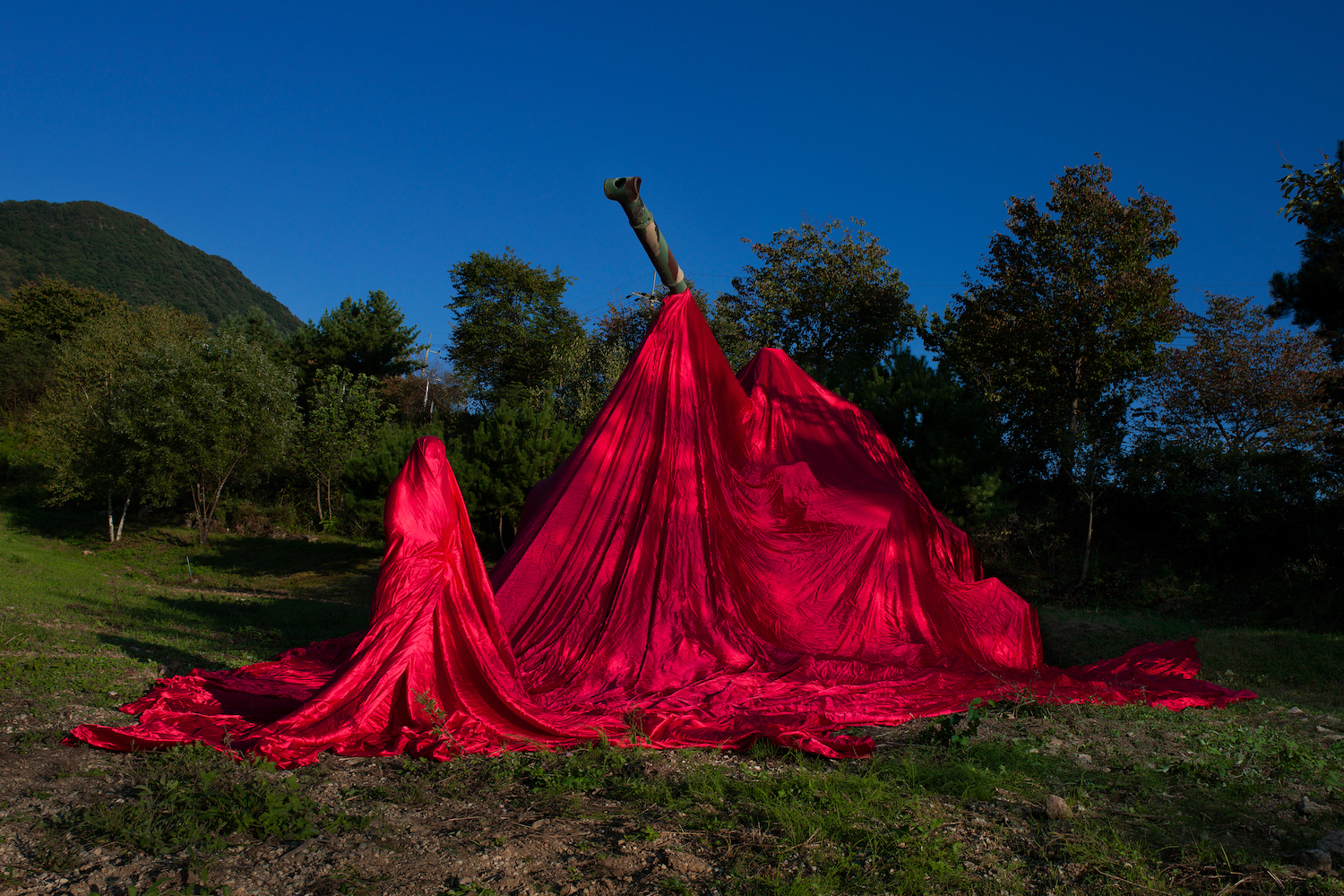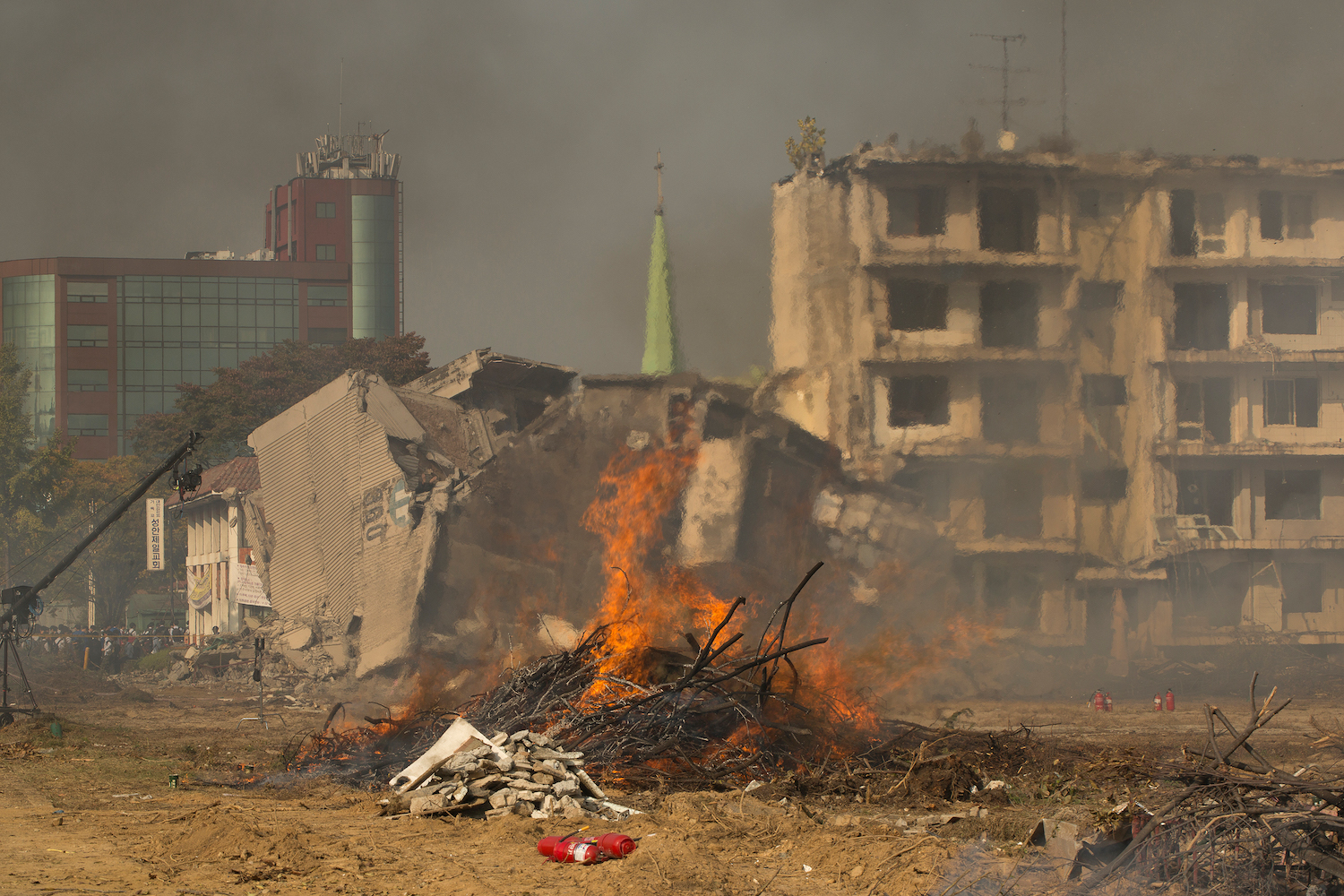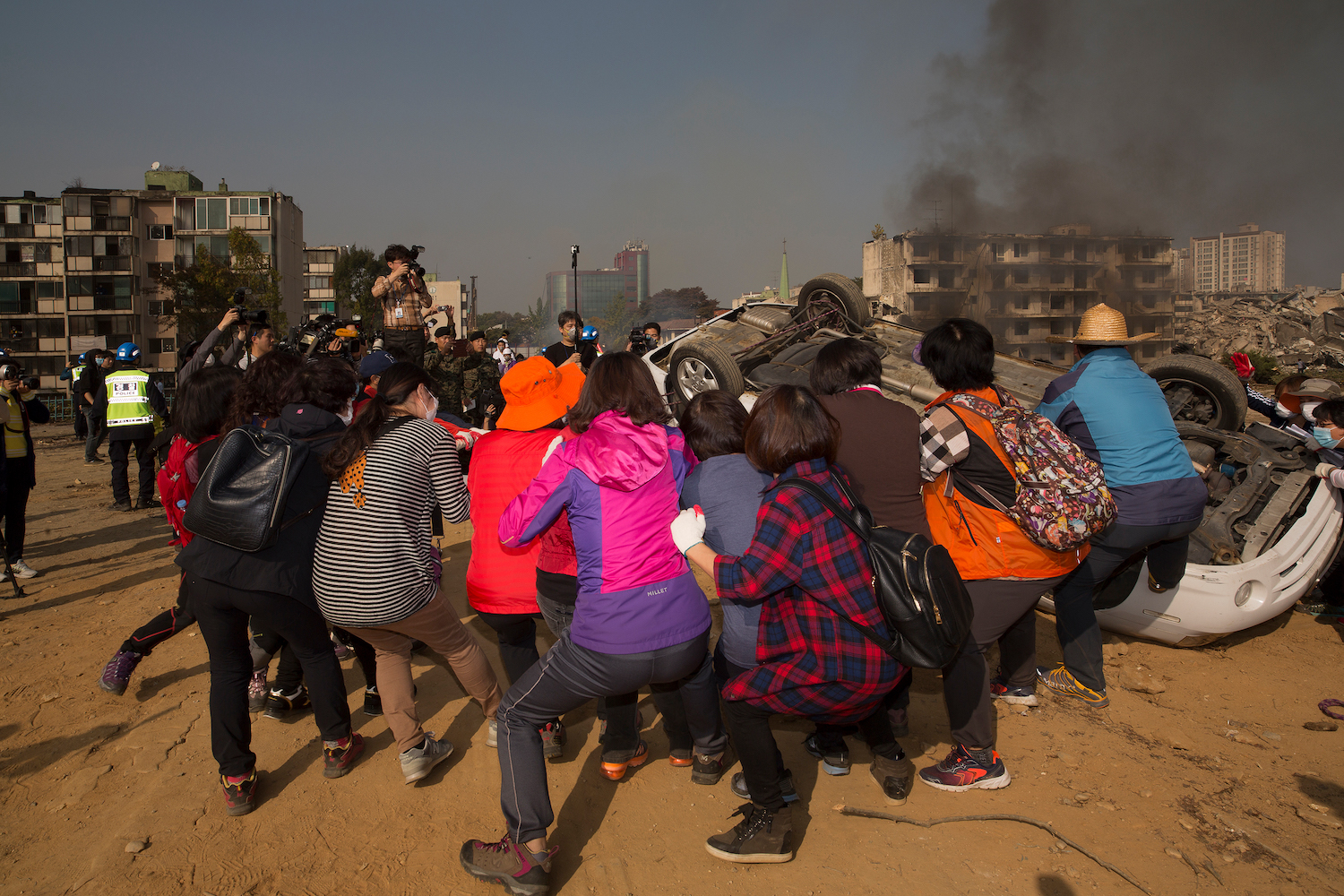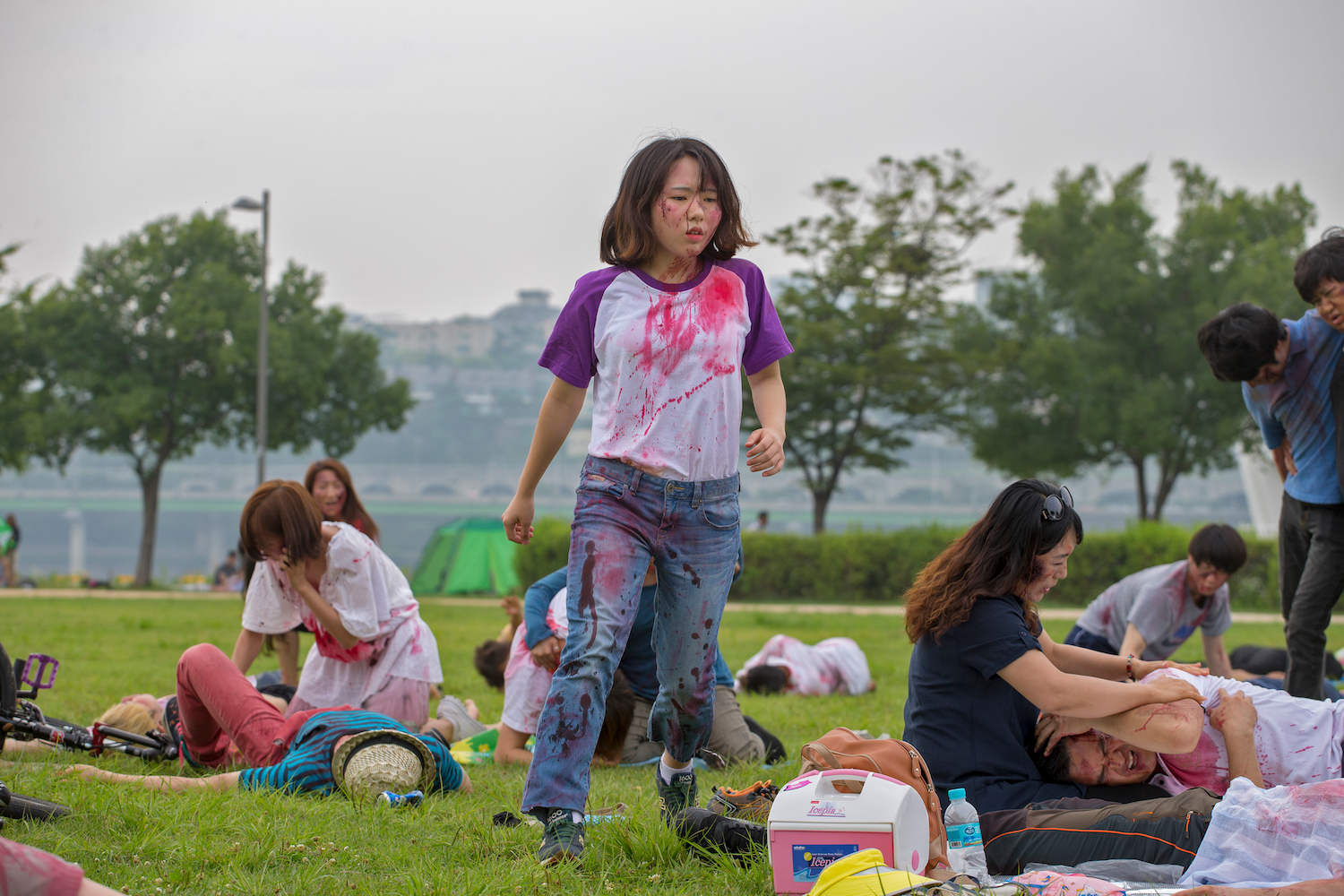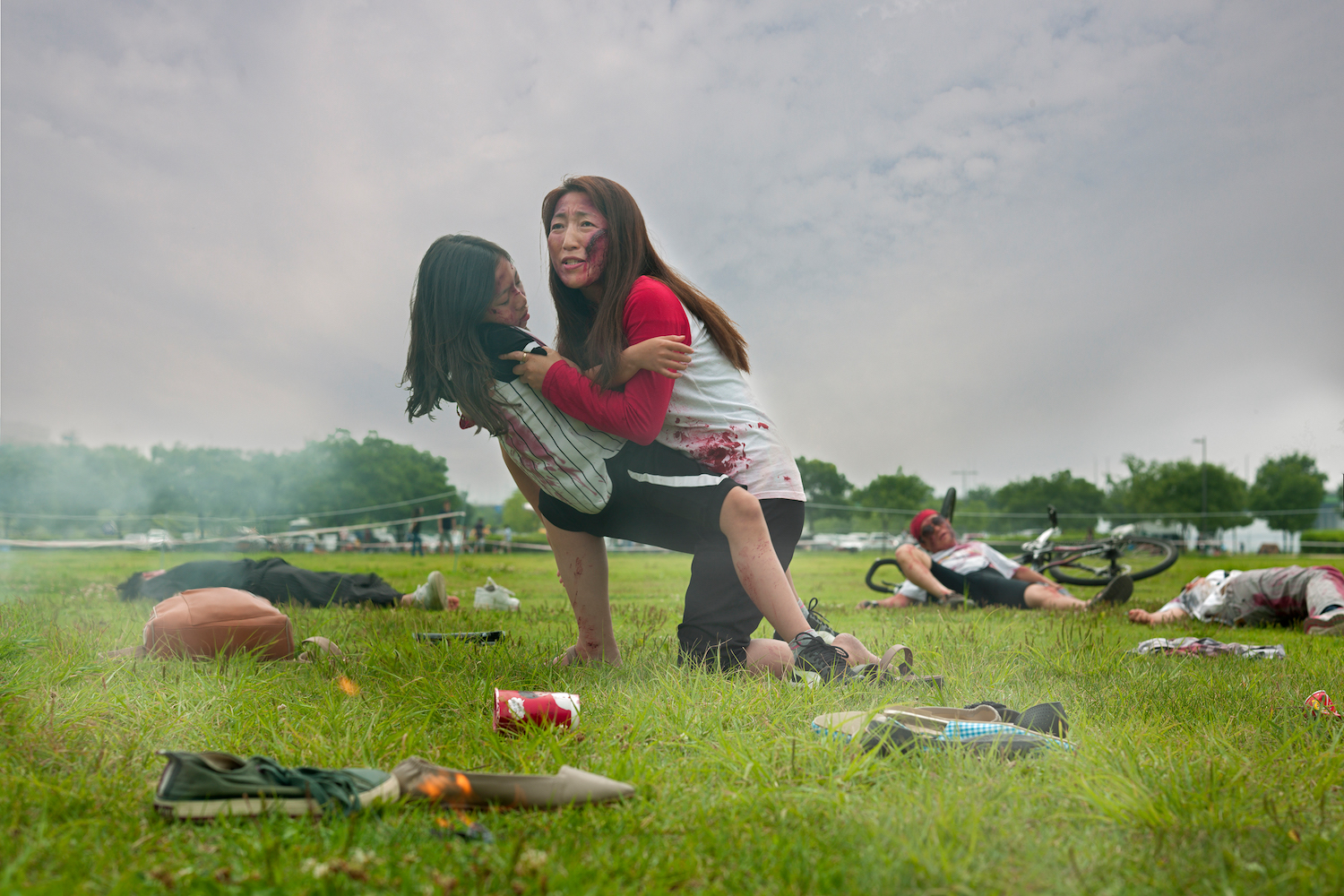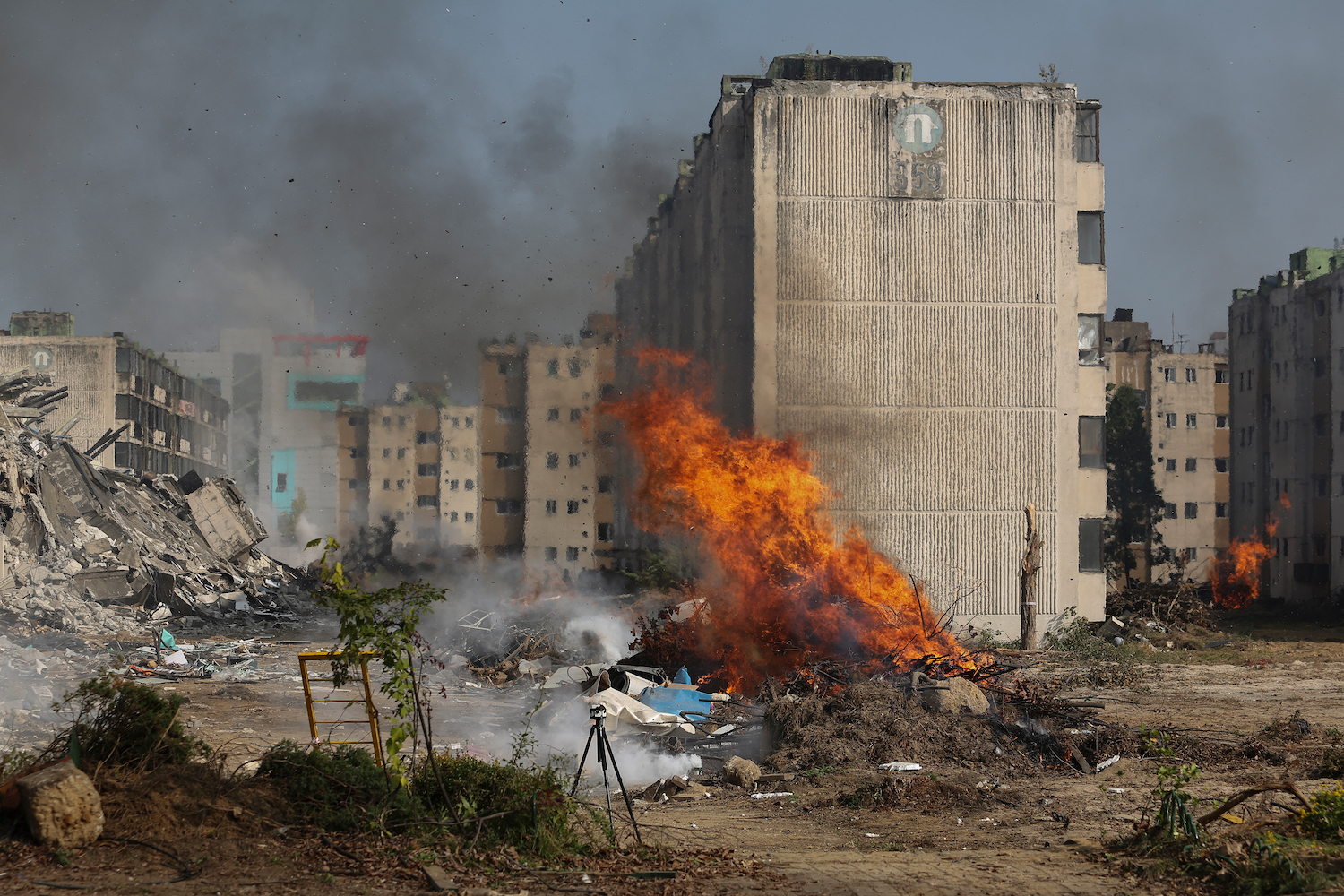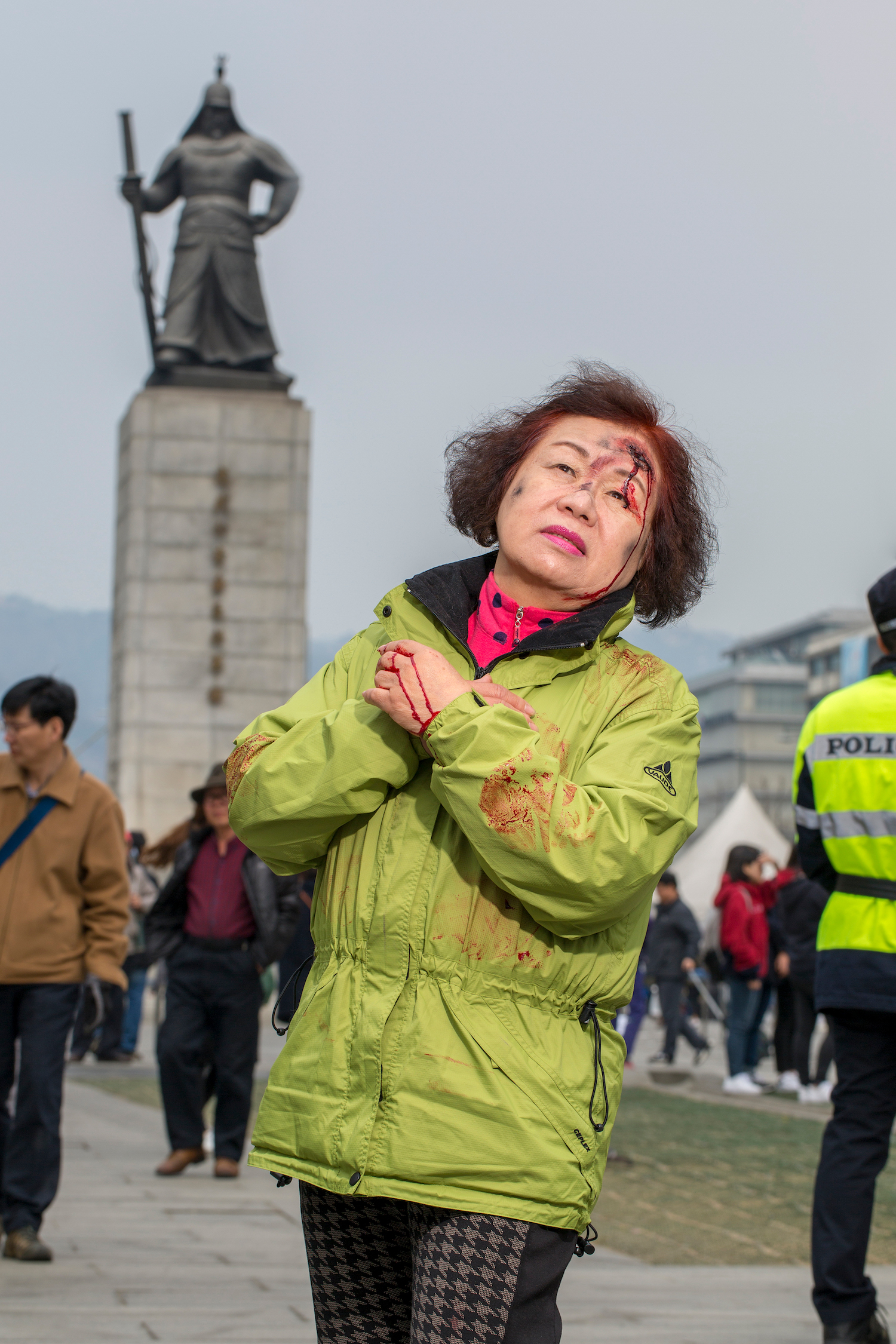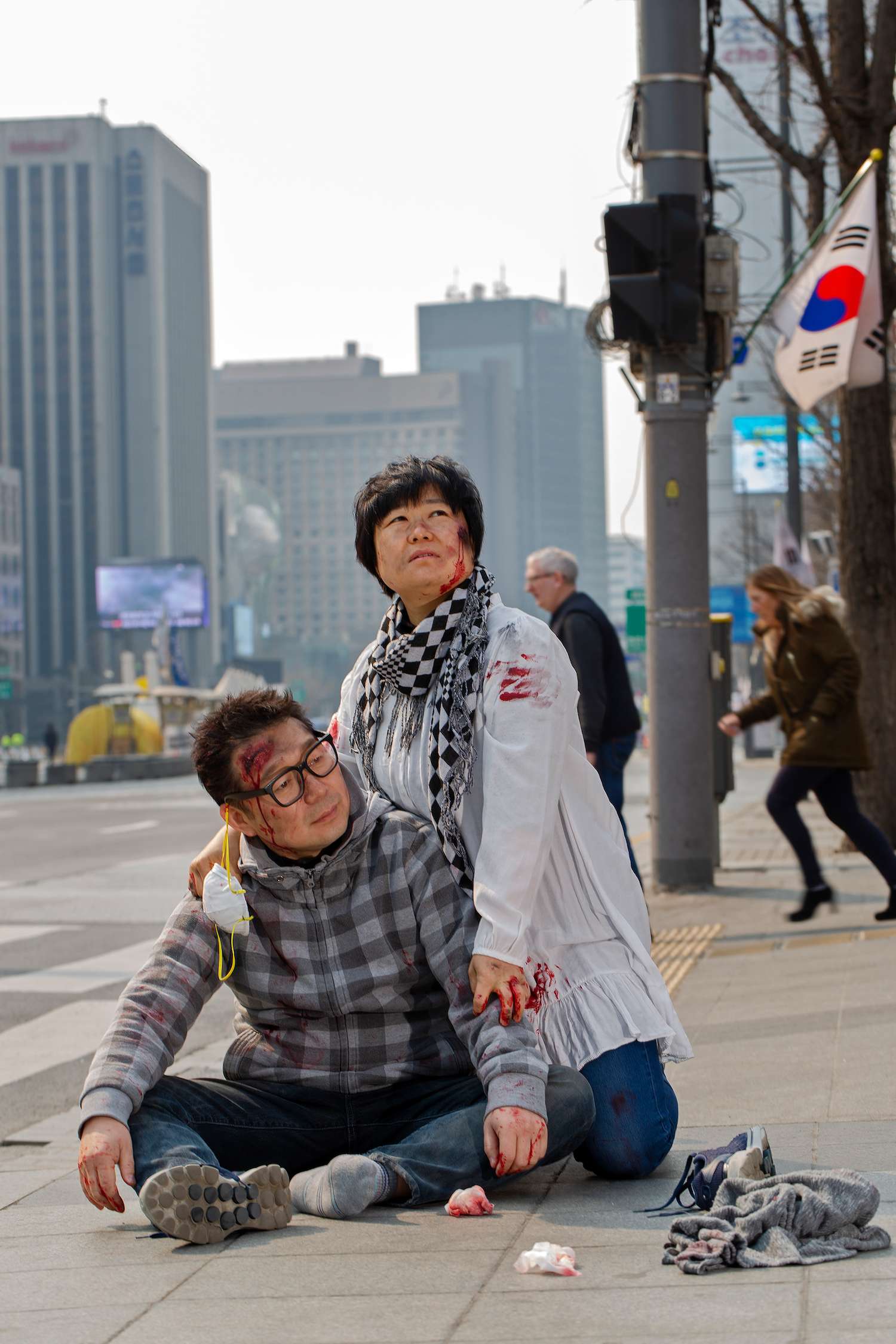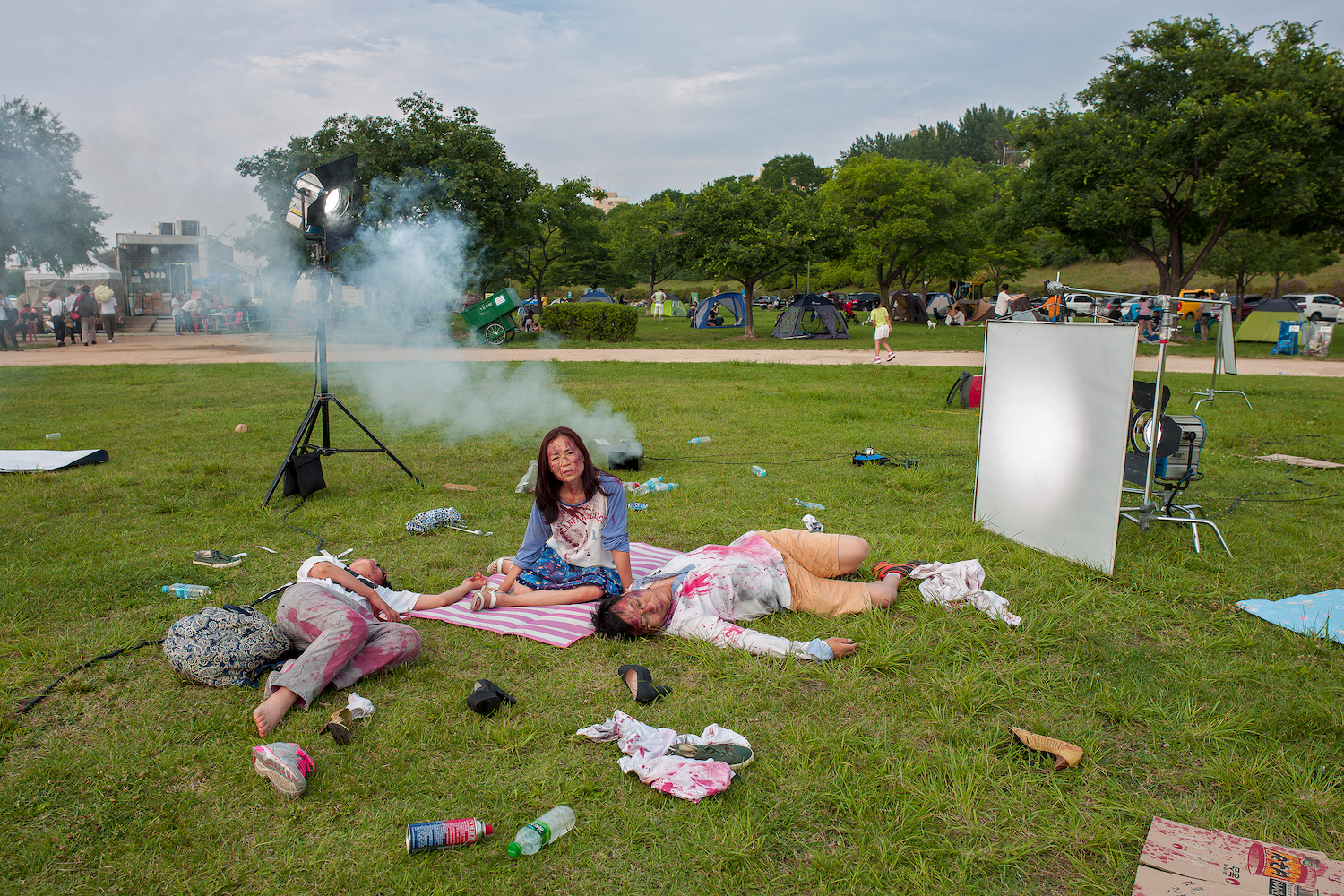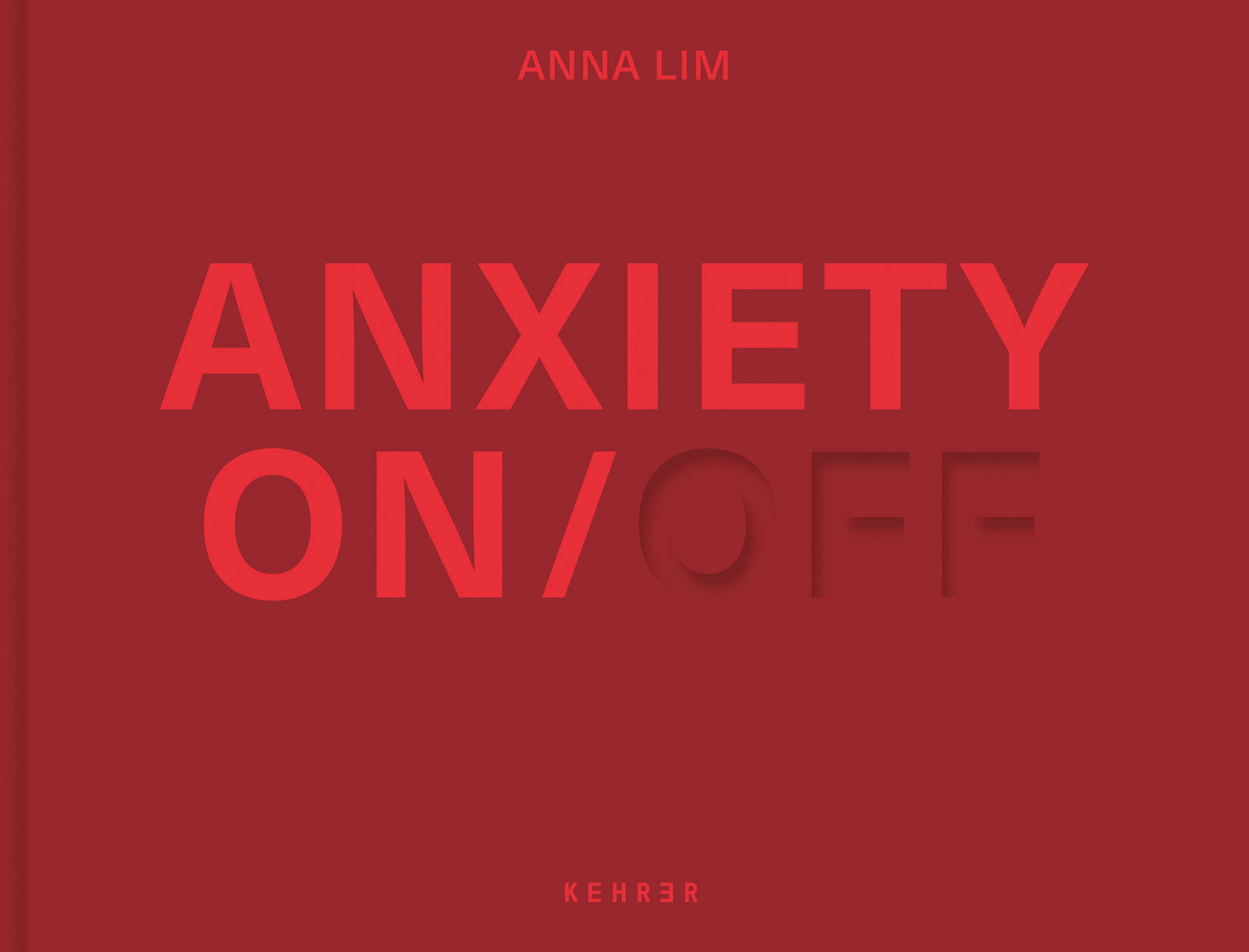Other photos were shot on a government-run emergency drill at a soon-to-be demolished apartment block in Seoul. Upturned cars, large crowds and helicopters flying overhead give the images an epic, authentic feel. It could be Gaza, Beirut, or any other real-world disaster site, if not for the fact that rescue workers carry mannequins, rather than people, from the burning rubble.
In the project’s catalogue, Lim remarks on the fact that her volunteers all bear similar facial expressions, simulating what they have seen in news coverage of real disasters. “What [the subjects] had indirectly experienced through the media was governing their actual emotions,” she says.
It is this ubiquity which lends the photographs their power. They are not just a comment on potential disaster, but on how that is transmitted in the digital age. The result is strange yet somehow familiar; distant yet unsettlingly pertinent. “Many people, including myself, are innocent consumers of images of other people’s tragedies,” she says. “We are helpless spectators.”

